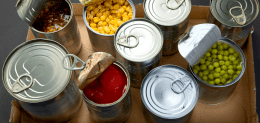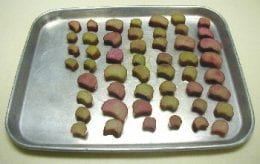
Photo: NCHFP
Rhubarb will soon be popping out of the ground! It is a perennial favorite in Midwest gardens. Here are some tips to store rhubarb or preserve it for later use.
After harvest, store rhubarb stalks in the refrigerator loosely wrapped in foil. This helps prevent moisture loss causing the stalks to become limp. Wrapping them tightly in an airtight plastic bag or wrap can also soften the stalks quickly. Wrapping loosely in foil reduces ethylene gas loss. It should remain fresh about two weeks.
To preserve for later use, here are some options from National Center for Home Food Preservation at the University of Georgia:
- Fresh Rhubarb All Year-Round
- Stewed Rhubarb
- Strawberry-Rhubarb Jelly – with liquid pectin
- Freezing Rhubarb
Other resources for preserving rhubarb:
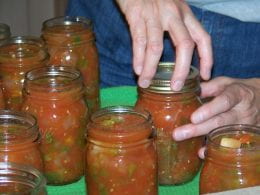
 There’s still time to sign up for the
There’s still time to sign up for the 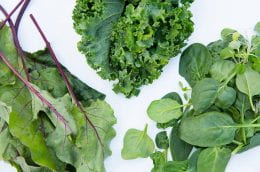
 Food preservation education is essential to preserving food safely. Using the most up-to-date recipes and methods can lead to success. The following K-State Research and Extension publications have been updated, and a few more will be available in the next few weeks. All of these will be translated into Spanish.
Food preservation education is essential to preserving food safely. Using the most up-to-date recipes and methods can lead to success. The following K-State Research and Extension publications have been updated, and a few more will be available in the next few weeks. All of these will be translated into Spanish.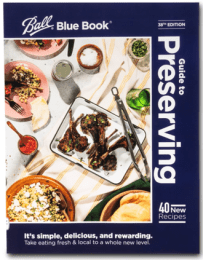 It has been a few years since the Ball® Blue Book® has been updated. The new 38th edition will be coming out this spring.
It has been a few years since the Ball® Blue Book® has been updated. The new 38th edition will be coming out this spring.
